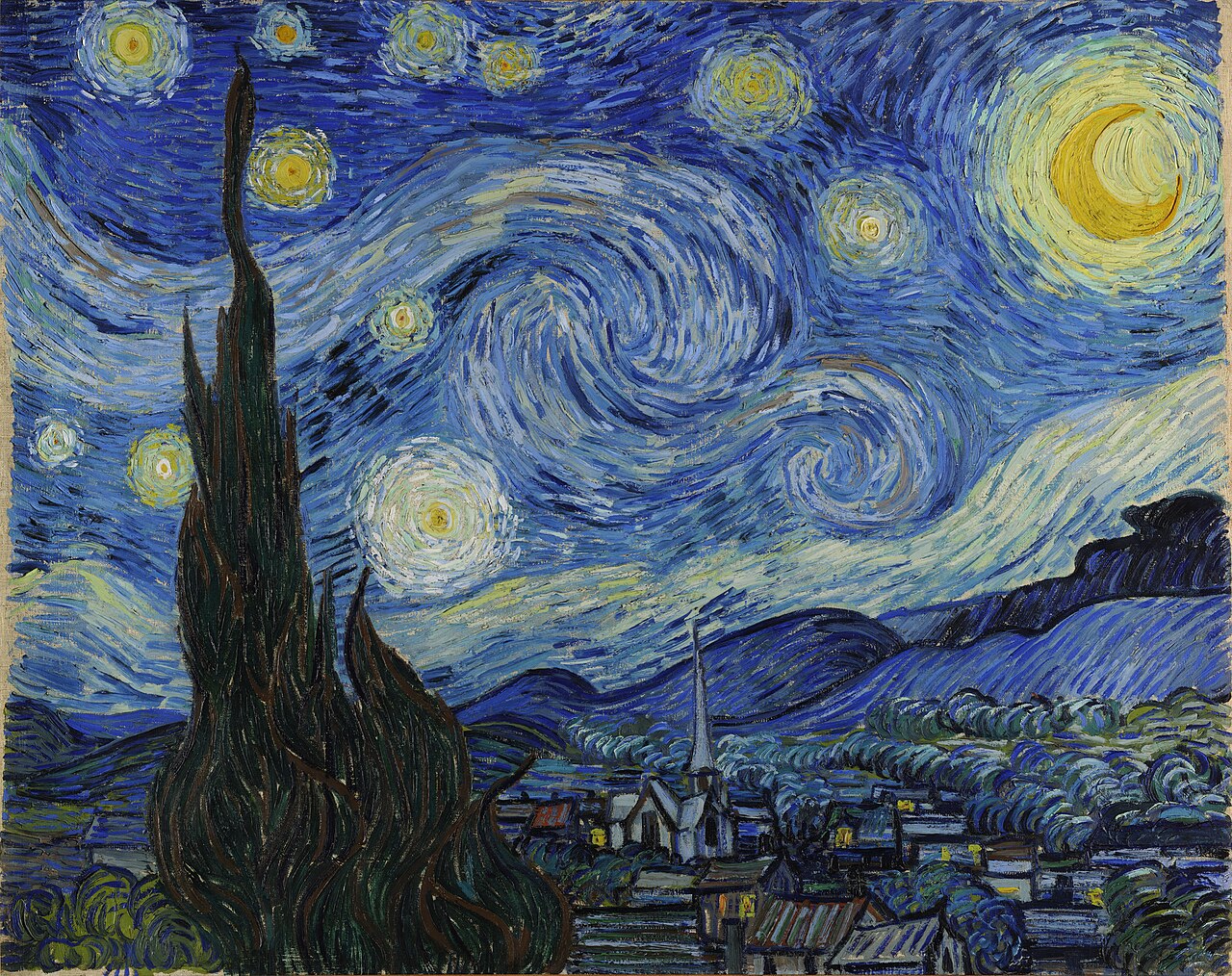Famous Paintings and Their Artists
The world of art is filled with masterpieces that have captivated audiences for centuries. From the Renaissance to the modern era, countless artists have left their mark on history through their extraordinary paintings. These works not only showcase artistic skill but also offer insights into the cultures, values, and emotions of their time.
In this exploration, we will delve into the world of famous paintings and the artists who brought them to life. We will uncover the stories behind these iconic works, examining their history, style, and significance.
The Mona Lisa by Leonardo da Vinci

Perhaps the most famous painting in the world, the Mona Lisa is a half-length portrait of a woman, believed to be Lisa Gherardini, the wife of a Florentine merchant. Da Vinci's masterful use of sfumato, a technique that creates a soft, hazy effect, gives the painting a sense of mystery and intrigue. The subject's enigmatic smile has captivated viewers for centuries, sparking countless interpretations and theories.
The Starry Night by Vincent van Gogh

Painted during van Gogh's stay at the Saint-Rémy-de-Provence asylum, The Starry Night is a vibrant and expressive depiction of the night sky over the town of Saint-Rémy. The swirling brushstrokes and bold colors create a sense of movement and energy, reflecting van Gogh's inner turmoil and artistic genius.
The Scream by Edvard Munch

A powerful and haunting image, The Scream captures the feeling of anxiety and alienation that characterized the late 19th century. The distorted figure, with its gaping mouth and wide eyes, screams into the void, reflecting the artist's own struggles with mental illness and existential angst.
Guernica by Pablo Picasso

A monumental work of art, Guernica is a powerful anti-war statement that depicts the horrors of the bombing of the Basque town of Guernica during the Spanish Civil War. Picasso's use of sharp angles, distorted figures, and stark black and white colors creates a sense of chaos and destruction. The painting has become a symbol of peace and a reminder of the devastating consequences of war.
The Persistence of Memory by Salvador Dalí

A surrealist masterpiece, The Persistence of Memory challenges the viewer's perception of time and reality. The melting clocks, a recurring motif in Dalí's work, symbolize the fluidity of time and the subconscious mind. The painting is a testament to Dalí's unique artistic vision and his ability to create dreamlike and unsettling imagery.
These are just a few examples of the many famous paintings that have shaped the history of art. Each work tells a story, reflects a cultural moment, and inspires awe and wonder in viewers. Exploring these masterpieces allows us to connect with the artists who created them and to appreciate the power and beauty of art.
Conclusion
The study of famous paintings and their artists provides a window into the evolution of art and the human experience. From the iconic Mona Lisa to the powerful Guernica, these works continue to captivate and inspire, reminding us of the enduring power of artistic expression.


